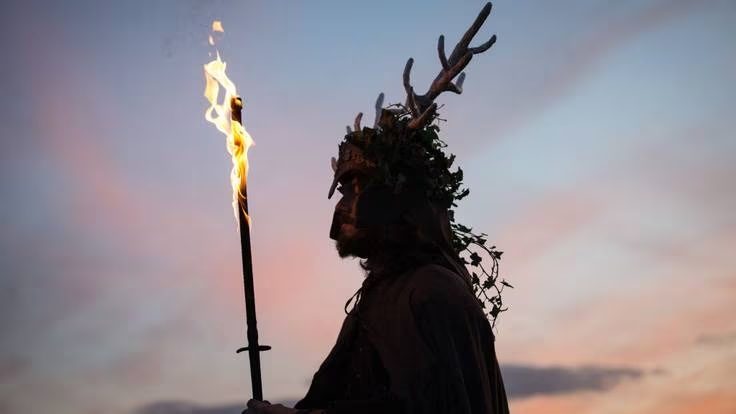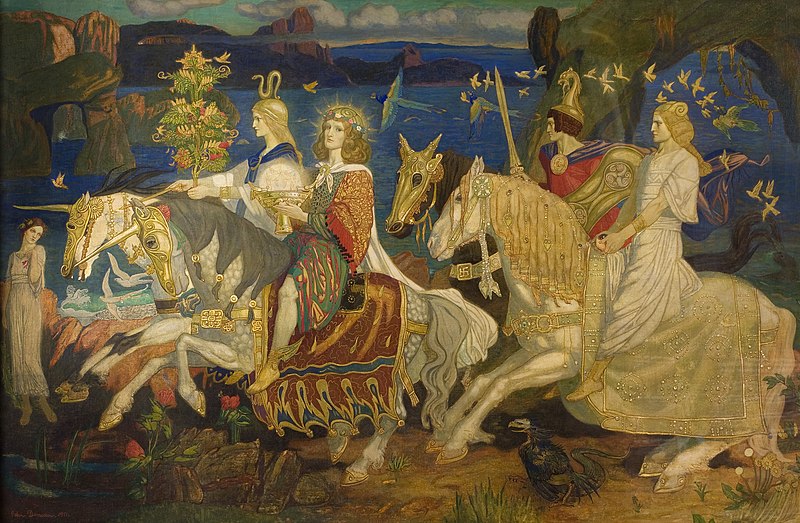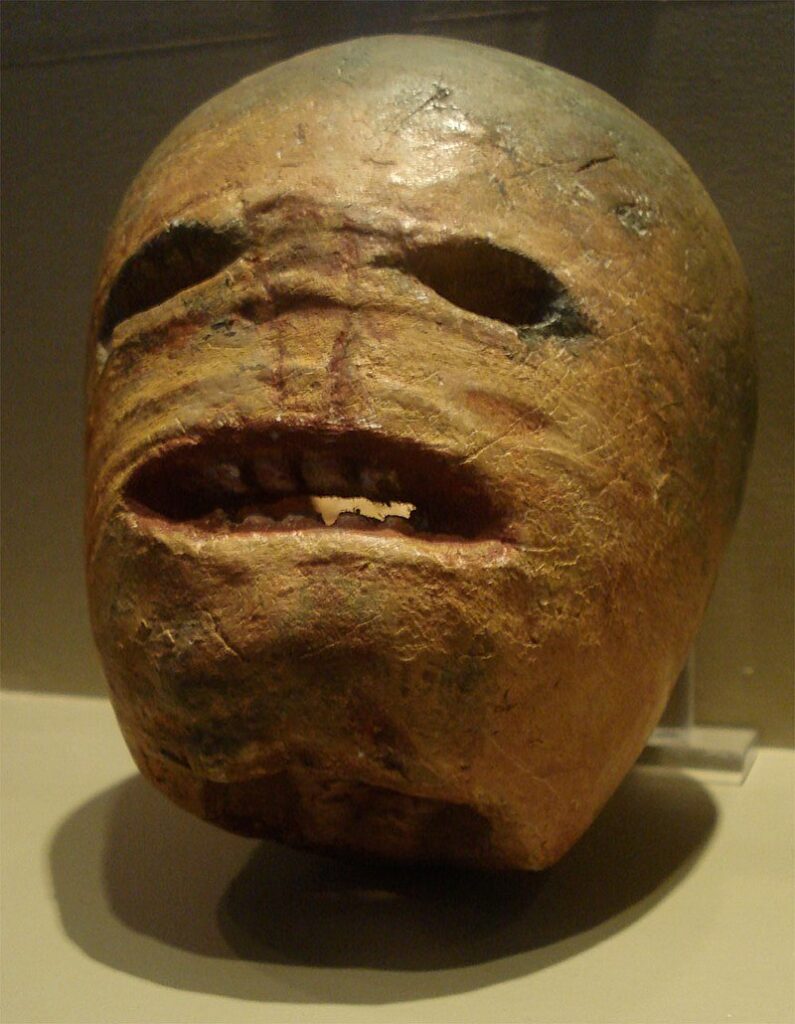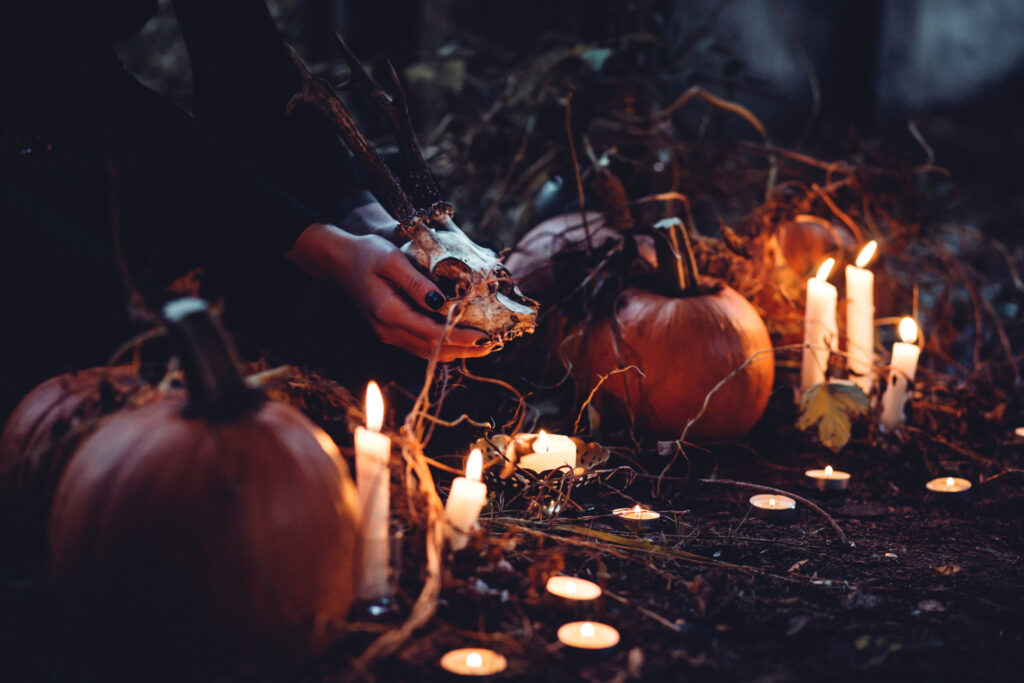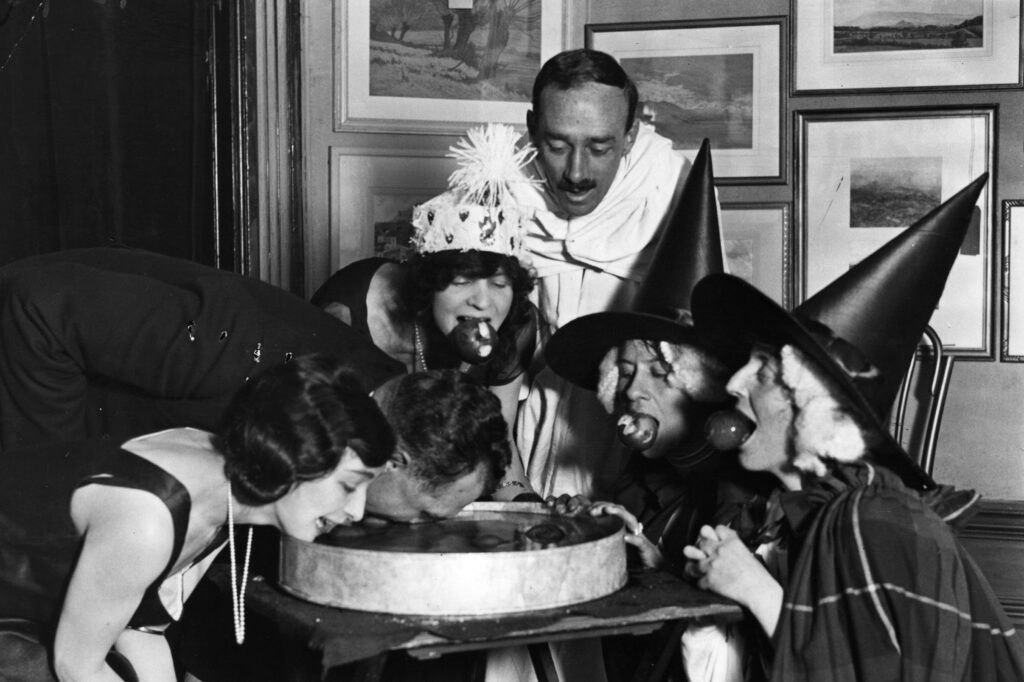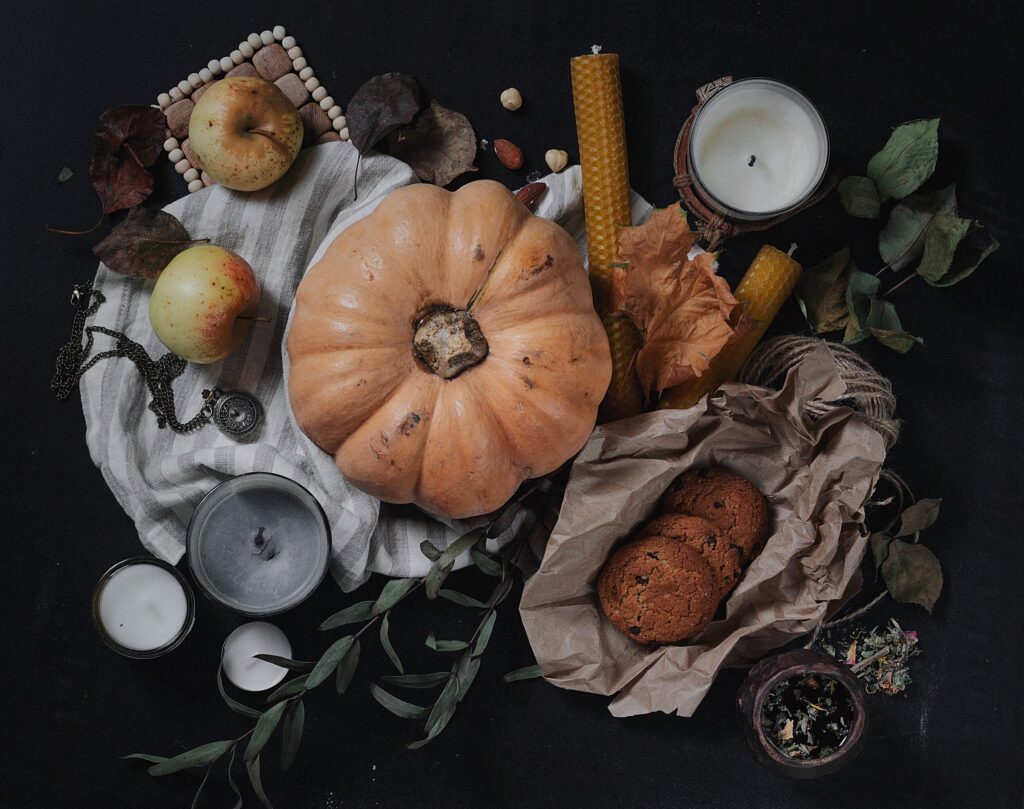Samhain: Delving into the Ancient Celtic Festival that Preceded Halloween
As autumn’s leaves tumble and the chill of winter begins its embrace, the ancient Celtic festival of Samhain beckons. This event, celebrated at the end of October, is more than just a predecessor to modern-day Halloween; it’s a profound reflection of the Celtic respect for nature’s rhythms, the passage of time, and the mysteries of the spiritual realm.
The Turning of the Celtic Calendar
For the Celts, Samhain wasn’t merely a festival; it was a pivotal moment in their year. Signifying the close of the harvest season and the onset of winter, it was both an end and a beginning – marking the end of the lighter half of the year and ushering in the darker months. Their lives, deeply intertwined with agriculture, made this transition not just a seasonal shift but a time of deep introspection, preparation, and reverence.
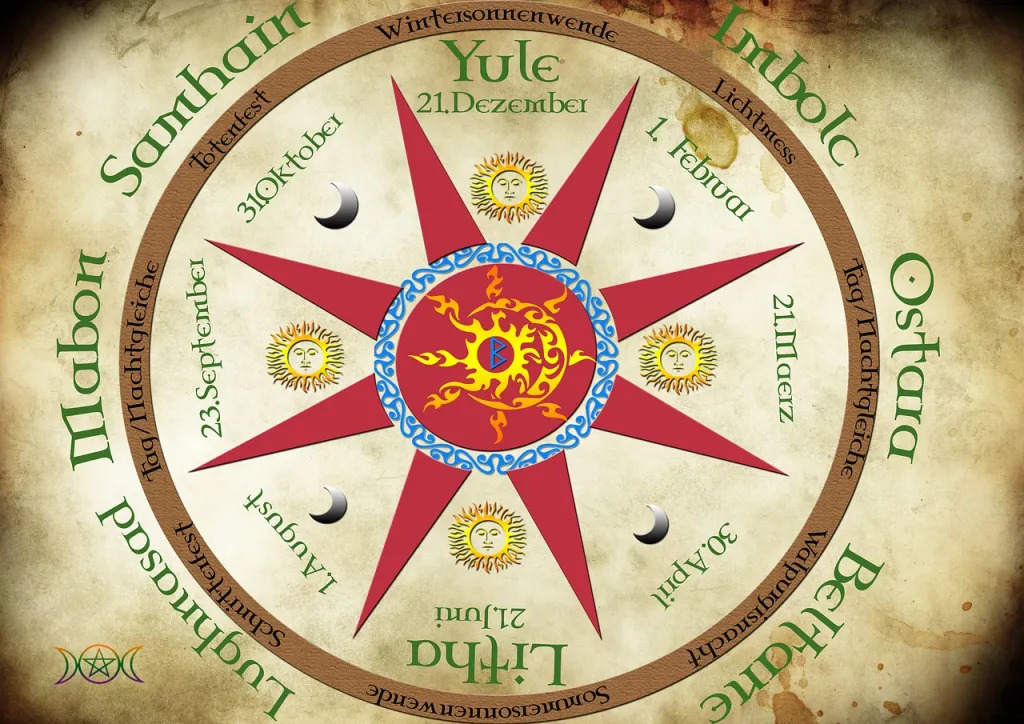
Mysteries Beyond the Veil
The Celts believed that during Samhain, the veil between our world and the spiritual realm grew thin, allowing spirits to pass through with ease. This wasn’t just a quaint idea but a genuine belief that influenced their practices. Homes were cleansed to drive away any malevolent spirits, while generous offerings were made to appease the Aos Sí, ethereal beings comparable to fairies or spirits. Fires were lit, both as beacons to guide the spirits and as protective barriers. While some spirits were welcomed, others, especially those believed to be restless or malevolent, were warded off with rituals and talismans.
Echoes in Today’s Halloween
While Samhain’s raw spiritual significance might seem distant, its echoes are clearly felt in contemporary Halloween traditions. The carving of pumpkins? A modern take on the ancient practice of carving turnips to ward off spirits. Costume-wearing, too, finds its roots in Samhain. By dressing as spirits or otherworldly creatures, the Celts believed they could blend in with the supernatural visitors, avoiding harm.
Nature’s Omens and Symbols
Within the tapestry of Samhain rituals and beliefs, nature played a pivotal role as both a backdrop and an active participant. Ancient Celts sought omens for the coming year in the patterns of fallen leaves, the movements of birds, and the behaviors of other creatures. Apples, often harvested during this season, were viewed as symbols of life and immortality. Divination rituals involving apples, like bobbing for them, became popular as means to predict the future, especially concerning life’s most essential aspects: love, prosperity, and health. The hazelnut, another symbol, was considered a revealer of mysteries and secrets, often used in divination practices.
A Time for Honoring Ancestors
The bridge between the living and the departed wasn’t just a metaphorical one during Samhain; it was deeply felt. It was a tradition to set a place at the dinner table for deceased loved ones, a gesture to welcome them back into the home and show respect. Candles were lit in windows to guide their spirits, while stories of ancestors’ valor, wisdom, and love were recounted. This was more than just reminiscing; it was a way to keep the ancestral bond alive, to seek their blessings and wisdom, and to ensure that the younger generation recognized and revered the lineage to which they belonged. The tales spun on Samhain nights became the legacies that would be handed down, ensuring that the past was always a vibrant part of the present.
Samhain is a reminder of a time when humanity’s bond with nature was unbreakable, and the lines between the natural and supernatural were fluid. While many of its practices have evolved or been replaced, the essence of Samhain – a respect for transitions, an acknowledgment of the spiritual, and a celebration of life’s cyclical nature – remains ever relevant. As the Samhain night approaches, it’s a call to reflect, to honor ancient wisdom, and to feel, even for a brief moment, the magic of a world beyond our own.

